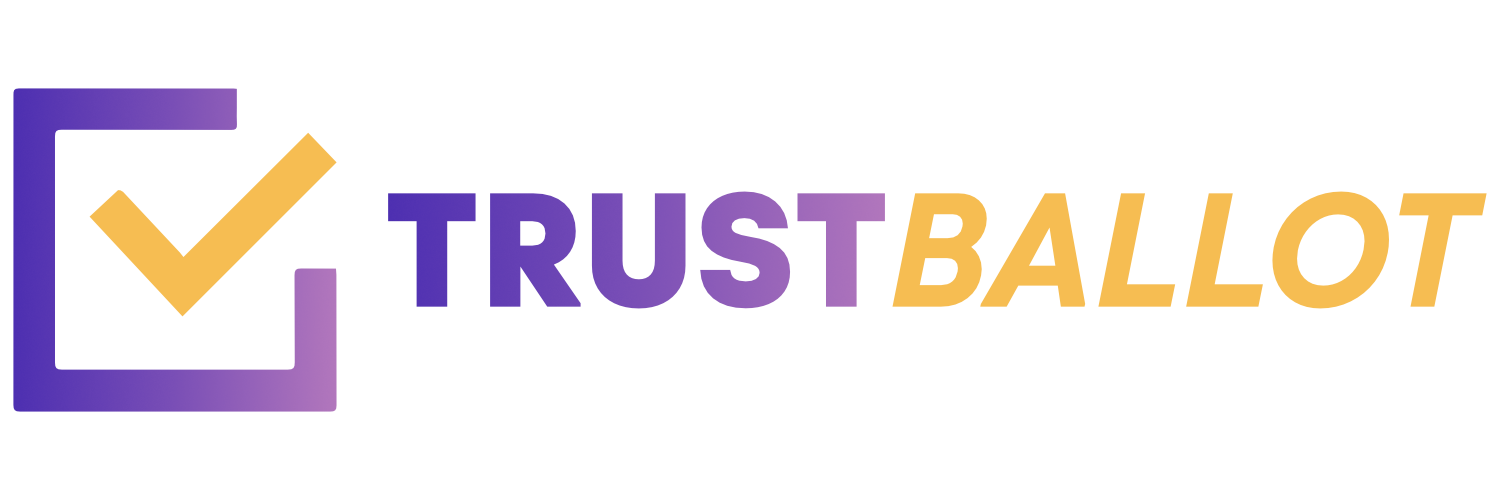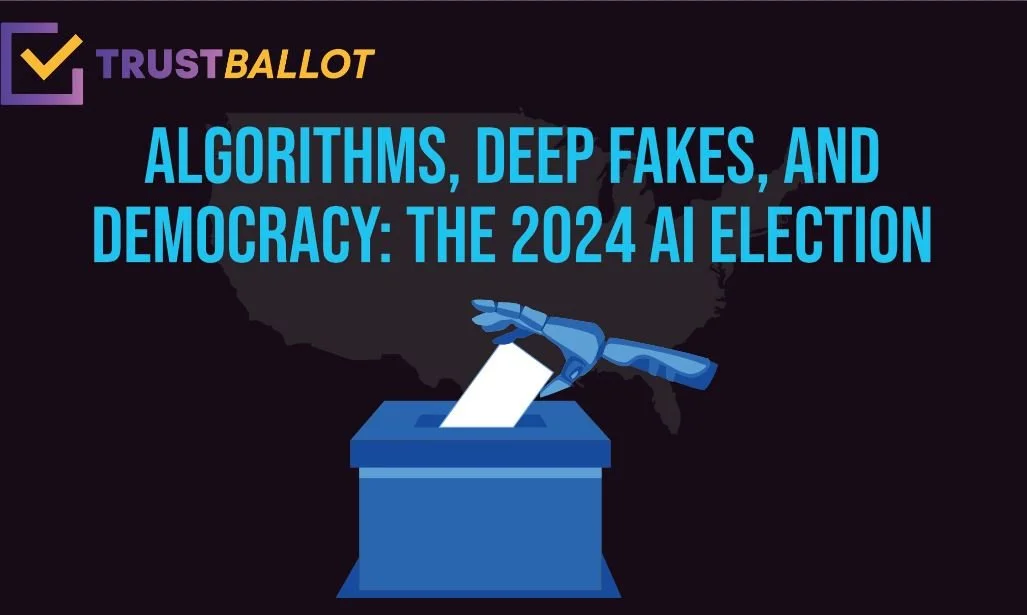Algorithms, Deep Fakes, and Democracy: The 2024 AI Election
The upcoming 2024 U.S. presidential election has been dubbed by some as the "AI Election," marking a significant departure from how electoral battles have been traditionally fought. As we march towards the future, AI's ability to micro-target swing voters could be a game-changer, building upon the already polarizing effects of social media.
Previous elections have showcased the evolving role of technology in shaping political landscapes. The 2008 election was called the first "email election," while 2016 and 2020 saw the rise of social media platforms in swaying public opinion. Social media became the new battleground for politicians, not just for advertisements but also as a platform where narratives could be built or destroyed.
However, this battle has its downside. Millions of Americans were exposed to fake news during the 2016 election, though the impact on swing voter behavior was deemed minimal. Social media platforms, driven by attention-based revenue models, have created "media bubbles" that amplify preexisting views and discourage constructive debate.
AI technology, particularly generative AI, escalates these concerns. Deep fakes, for instance, are AI-manipulated audio or visual content so realistic that they are hard to distinguish from genuine content. They pose significant challenges to media outlets and the democratic process itself, as they can be designed to deceive the audience.
Recently, AI-generated political ads and manipulated audio clips have already made their appearance in campaign strategies. This amplification of deceptive capabilities brings forth the issue of morality in politics. The goal of democracy is to present genuine options to the electorate, not to tell people what they want to hear simply to win votes. AI enables politicians to create hyper-customized messages, effectively turning political messaging into a high-speed, insincere endeavor that undermines the very tenets of democratic dialogue.
Moreover, the regulatory framework for mitigating AI's adverse impact on electoral processes remains in its infancy. Even though Europe has passed regulations concerning AI systems designed to influence voters, the U.S. is yet to develop comprehensive guidelines. This regulatory void poses another layer of challenges, particularly in tracking down hyper-customized messages targeted at swing voters.
Despite the grim scenario, there are efforts to use AI for good. Tools are in development to help voters detect AI-generated content, serving as a countermeasure against misinformation. However, these are yet to be perfected and widely adopted.
The critical question at hand is not just whether AI-enabled messaging will alter the 2024 election outcome, but whether American democracy can weather this new storm of ultra-targeted, potentially deceptive political communication. AI could either amplify the cracks in the democratic process or inspire a more robust system built to withstand new challenges. While social media may or may not tip election results, its potential to erode trust in the democratic process is a looming threat that cannot be ignored.

